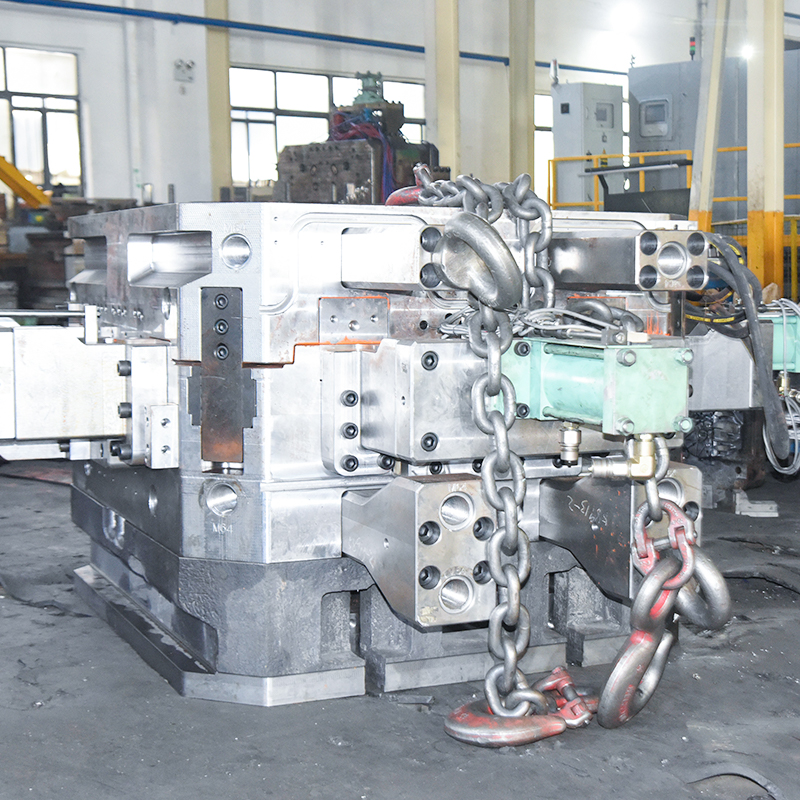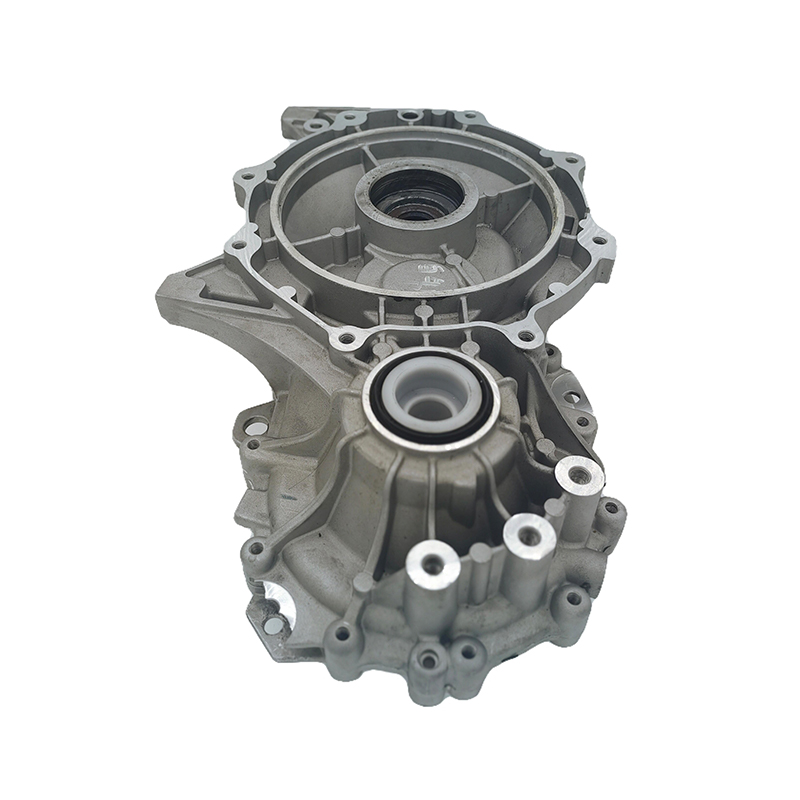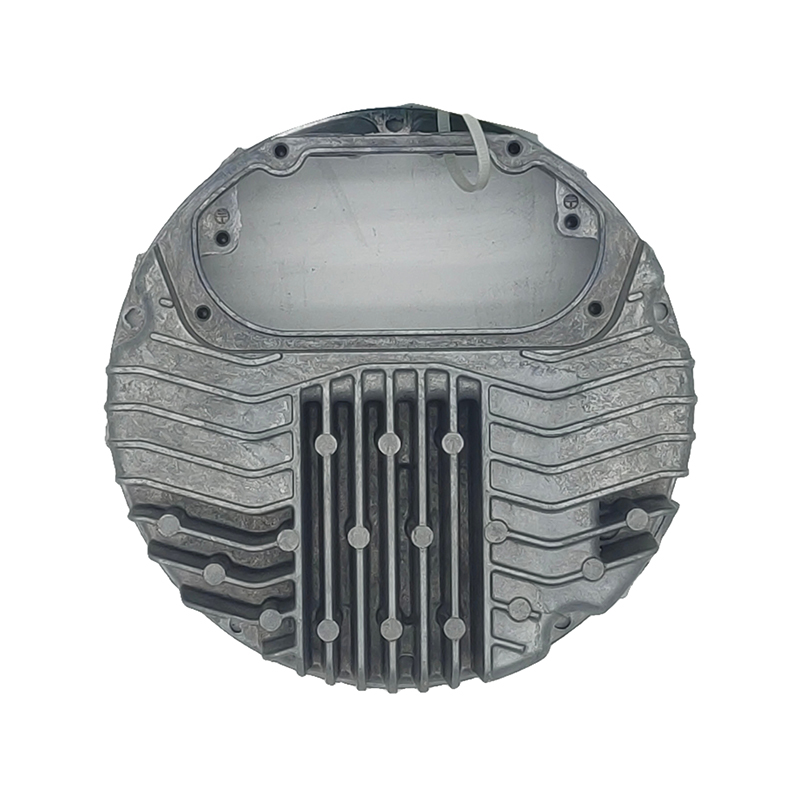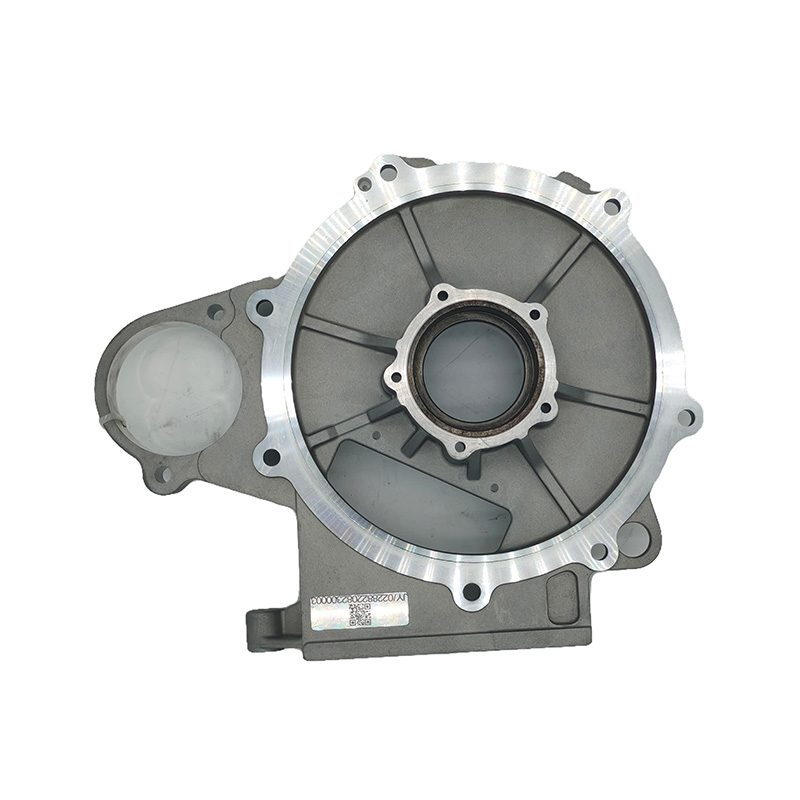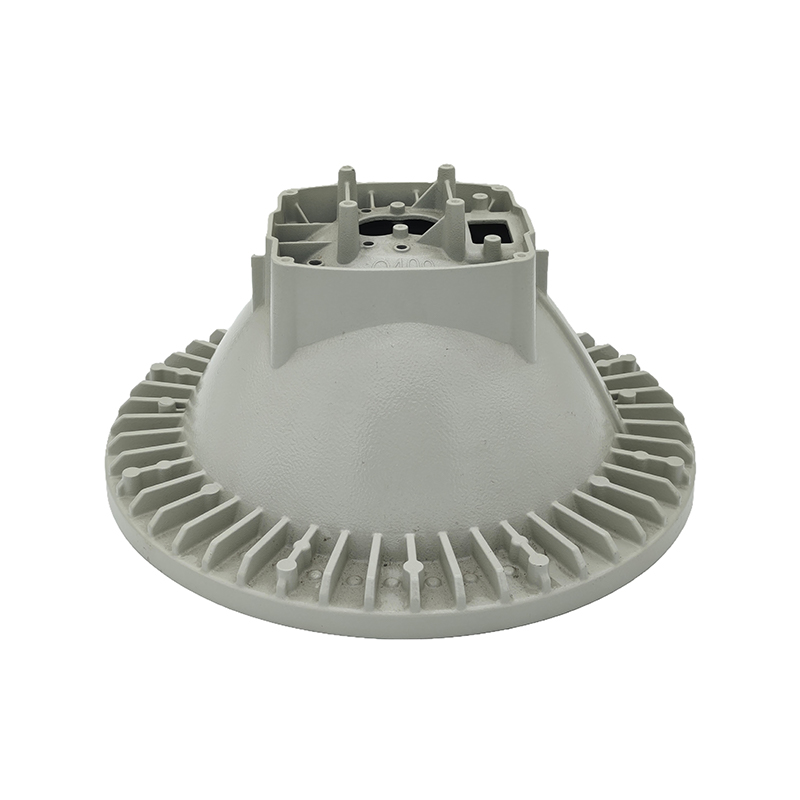In the aluminum die casting process, surface treatment plays a crucial role. Precision Powder-Coated Aluminum Die Casting and anodizing are two common surface treatments for aluminum alloys that enhance their appearance, corrosion resistance, hardness, and overall performance. The choice between the two often depends on specific application requirements, costs, and environmental factors.
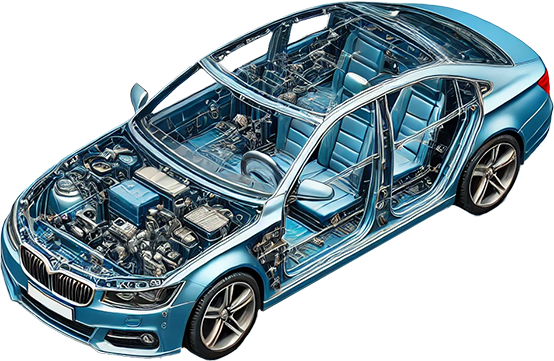
1. Corrosion Resistance Comparison
Corrosion resistance is a critical factor in aluminum surface treatments, especially in harsh environments. The corrosion performance of the treatment directly impacts the product’s lifespan and maintenance costs.
Powder Coating Corrosion Resistance
Powder coating involves curing a coating onto the aluminum surface using heat, creating a durable protective layer. This layer effectively prevents moisture, air, salt, and chemicals from penetrating the aluminum, thus preventing oxidation and corrosion. Powder coating performs excellently in many applications, especially for products exposed to harsh outdoor conditions, such as automotive exteriors and building facades.
Anodizing Corrosion Resistance
Anodizing utilizes an electrochemical process to form a natural oxide layer on the aluminum surface. This oxide film not only enhances corrosion resistance but also protects against harsh environmental factors. However, the anodized layer is not as impervious as a powder coating, so under extreme conditions (e.g., prolonged exposure to saltwater), anodized aluminum may still experience corrosion. That said, anodizing performs well in humid environments and is suitable for applications exposed outdoors but not in direct contact with water.
2. Aesthetic and Surface Effects
Surface treatment is not only about performance but also about appearance. Powder coating and anodizing offer different aesthetic effects that cater to various design needs.
Powder Coating Aesthetics
One of the biggest advantages of powder coating is the wide range of color options available, including gloss, matte, and metallic finishes. The powder coating process allows for precise control over colors and textures, ensuring uniformity and consistency. Moreover, powder coating provides a smooth surface with excellent color depth and gloss, making it ideal for products requiring vibrant colors and visual appeal (e.g., home appliances, office furniture). It also helps fill in minor defects on the aluminum surface, giving the product a flawless appearance.
Anodizing Aesthetics
Anodizing results in a surface finish that retains the natural metallic texture of aluminum. The anodized surface exhibits a glossy or matte metallic look, showcasing the natural grain and color of the aluminum. If a stronger metallic appearance is desired, anodizing can reveal the unique beauty of the aluminum. Through coloring processes, anodized aluminum can achieve various hues, although the range of colors is more limited compared to powder coating. For high-end products, anodizing’s natural, sleek effect is often preferred.
3. Wear Resistance and Hardness
In many industrial applications, wear resistance and hardness are critical, particularly when aluminum die-cast parts are subjected to mechanical impact or friction.
Powder Coating Wear Resistance
Although powder coating forms a tough protective layer, its hardness is relatively lower compared to anodizing. In cases of impact or abrasion, the powder coating may crack or peel off. Once the coating is damaged, the exposed aluminum is prone to corrosion. For applications that do not face significant physical impact, powder coating provides good protection, but for applications requiring higher wear resistance, other surface treatments may be preferred.
Anodizing Wear Resistance
The oxide film formed during anodizing is extremely hard, with a hardness significantly higher than that of powder coating. The hardness of anodized aluminum can reach 8-9 on the Mohs scale, which provides excellent wear resistance. As a result, anodized aluminum performs exceptionally well in applications that involve friction, scratching, or high-impact conditions, such as mechanical components, sporting goods, and certain electronic products.
4. Environmental Friendliness
As environmental regulations continue to tighten, choosing an eco-friendly surface treatment method has become a major consideration for many manufacturers.
Powder Coating Environmental Impact
Powder coating is more environmentally friendly than traditional liquid coatings, as it contains no harmful solvents and produces very low levels of volatile organic compounds (VOCs). The powder coating process does not require solvents and avoids harmful gas emissions, making it more in line with modern environmental standards. Additionally, powder coatings can be reclaimed and reused, reducing waste and contributing to sustainability.
Anodizing Environmental Impact
While anodizing does not use chemical coatings, the process does require acidic and electrolytic liquids, which must be handled in compliance with strict environmental regulations. The chemicals used in anodizing, such as acids and electrolytes, require proper disposal, and if not managed correctly, they may contribute to environmental pollution. Therefore, while anodizing can be considered environmentally friendly in some respects, its process management and waste treatment are more complex compared to powder coating.
5. Cost and Processing Time
Cost and processing time are important factors when choosing a surface treatment, especially in large-scale production where efficiency and cost control are crucial.
Powder Coating Cost and Processing Time
Powder coating is a relatively simple process with low equipment investment and high processing efficiency, making it cost-effective. In large-scale production, powder coating provides quick processing speeds, making it ideal for mass production of cost-sensitive items. The coating thickness is easy to control, and it does not require complex post-treatment processes.
Anodizing Cost and Processing Time
Anodizing is a more complex process that requires longer processing times and higher equipment and material costs. The anodizing process is particularly time-consuming when dealing with large or complex-shaped aluminum parts. Although anodizing offers superior durability and aesthetic effects, its higher cost and slower processing time make it less suitable for high-volume, low-cost production.
6. Suitable Applications
Different surface treatments are suited for different industries and applications. Understanding the characteristics of powder coating and anodizing will help manufacturers make informed decisions based on their specific needs.
Powder Coating Applications
Powder coating is ideal for products that require a high-quality appearance and strong corrosion resistance, especially for mass production. It is commonly used in industries such as automotive, construction, home appliances, and outdoor furniture. Powder coating is particularly suitable for products that require a broad range of colors and a striking visual impact.
Anodizing Applications
Anodizing is more suitable for applications requiring higher wear resistance, hardness, and a natural metallic finish. Common applications include aerospace components, precision machinery, and electronic device housings. It is often used for high-end products that need to maintain a premium appearance and offer superior mechanical properties.
Comparison Table
| Feature | Powder Coating | Anodizing |
|---|---|---|
| Corrosion Resistance | Strong, suitable for extreme environments | Good, but less impermeable |
| Aesthetic Appearance | Rich colors and gloss | Natural metallic look, limited colors |
| Wear Resistance | Relatively poor, prone to damage | Excellent, high surface hardness |
| Environmental Impact | Good, low VOC emissions | Good, but requires handling of waste chemicals |
| Cost & Processing Time | Lower, fast processing | Higher, longer processing time |
| Suitable Applications | Mass production, high aesthetic requirements | High-end applications, wear resistance required |

 English
English Español
Español Deutsch
Deutsch русский
русский